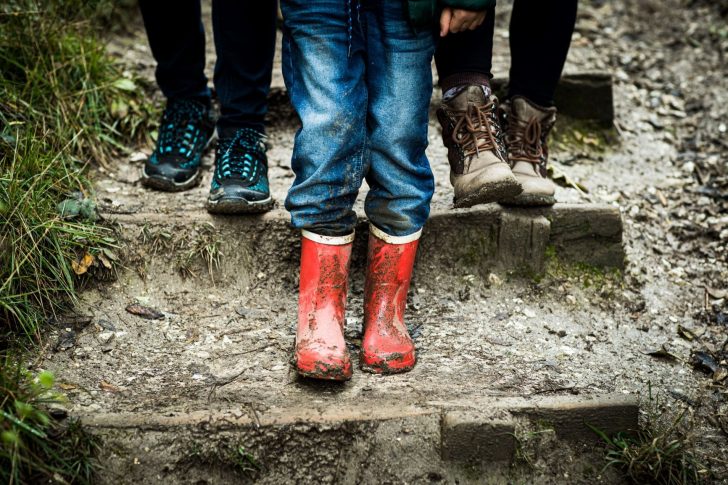A countryside walk in January
January may not be everyone’s preferred month to explore our local countryside and green spaces, but a (well-planned) walk can be a great way to reinvigorate ready for the year ahead, as well as connect with our surroundings.
January can bring us some of our coldest days, but don’t be fooled into thinking that there isn’t any action in nature. In fact, from now, you may have noticed fauna and flora start to spring into life!
Here are some of the things you can look or listen out for on a walk in January.
Look for bulb shoots
Spring-flowering bulbs will start to appear from January, with their small shoots poking through leaves and grass on verges and in gardens.
Snowdrops and winter aconites are usually the first to bloom, with carpets of small white and yellow flowers respectively providing an important early source of nectar for hungry bees. In warmer parts of England, snowdrops and aconites can be spotted in flower in early January.
Other early bulbs to look out for include the wood anemone and crocus. The wood anemone is naturally found in woodland (and can actually be a sign of ancient woodland), whereas crocuses are a garden favourite, and can also be spotted on verges, bringing a rich splash of colour to the chilly January days.

Listen for birds
Birds are very responsive to light levels, and so have started to clock that daylight hours are increasing.
You may have already noticed the beginnings of a dawn chorus, with sparrows, robins, dunnocks, tits, wrens and starlings starting to mix in birdsong along with the ticks and clicks of their warning calls. Crows, jays and jackdaws are also starting to become more vocal.
Listening to birdsong can be a wonderfully calming and grounding activity. If you’re not sure what bird you’re hearing, try using this RSPB guide.

Inspect lichens
Lichens are a fascinating hybrid (or symbiosis, to use the scientific term) of fungi and algae. They’ve adapted to survive in the most extreme conditions. In fact, an experiment by the European Space Agency revealed that lichens can survive, unprotected, in space!
Lichens can be found just about everywhere, at any time, in the countryside or in urban areas: on trees, bushes, hedges, walls and paving. Their intricate patterns are beautiful up close, and the lichens themselves are great for wildlife, providing nesting materials for birds as well as food and shelter for invertebrates.
This is particularly important now as more and more wildlife begin to emerge from their winter hibernations.

Other winter flowers and fruits
While most plants tend to fruit or flower during spring, summer and autumn, there are still some that do so during January, so be sure to look out for them.
You might spot the vivid yellow of mahonia, which is a great bee plant, or the winter-flowering cherry. The dusky pink and purple of oriental hellebore can also be spotted in shade.
Winter flowering heather is also a stunning showcase of colour where soil conditions are right and is another great plant for emerging pollinators.
Along hedgerows, you may notice little hazel catkins starting to appear. These are the ‘male’ part of the plant, loaded with pollen. They dangle down from the leafless stems in late winter, with the hope that wind or pollinators will carry their pollen to female flowers.
It’s not just about the flowers either, holly berries and rosehips are at their most vivid during January, as are the vibrant red or yellow stems of dogwood.

Get a new perspective
Feeling part of our landscape is important to wellbeing, whether you live rurally, semi-rurally or in an urban environment.
Wherever you live, the relative bareness of January can actually be a great way to reconnect with the lay of the land. Roads, gardens and fields full of plants, crops and flowers can look beautiful, but during winter, take the time to observe your surroundings.
How is the land shaped? Where are the hills, and valleys? What patterns can you find on the branches of trees and hedges? What have you noticed that you hadn’t before?
This can be a really beneficial activity at the top of the year, and the more you notice now, the more you’ll notice as the seasons change, meaning you’ll be more aware of your surroundings and be more able to spot even the smallest of differences as the year goes by.

Remember, it’s always important to prepare well for a walk to make the most of it – and not be stuck with chilly toes!
Check out our great piece on how best to prepare for a winter walk.
Happy walking!









